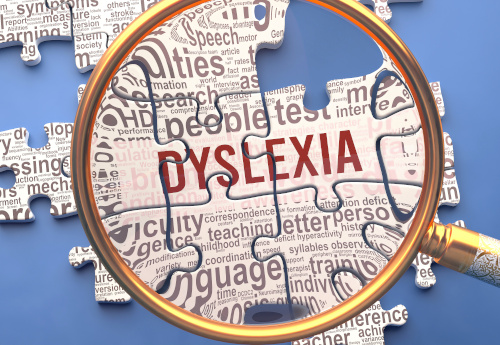A learning disorder that can impact a child’s ability to read or interpret words, letters, and other symbols—but that doesn’t affect general intelligence—dyslexia often goes unnoticed until a student displays significant struggles with reading and/or writing. The most common of all neuro-cognitive disorders, dyslexia impacts about 20 percent of the US population and represents 80-90 percent percent of all individuals who have learning disabilities.
In some cases, a dyslexia diagnosis doesn’t happen until a student is in second grade, with some cases going unnoticed until the learner is already in high school. With research showing that interventions are the most effective when they are done in kindergarten and first grade, the earlier the intervention the better.
To avoid an even bigger learning gap, we need to take a closer look at early identification, the early warning signs to look for, and what steps to take if you suspect dyslexia.
Early identification is key
The earlier we intervene, the easier it is to address and remediate students’ difficulties. Early identification has been found to be essential in helping students succeed in school and later in life. Students with dyslexia need to be provided with interventions that are specific to their needs.
If intervention is not provided before third grade, for example, it’s 75 percent more likely that students will continue to experience reading and writing difficulties going into high school. Not only are they affected academically, but students are also affected emotionally. Struggling students can see their self-esteem and motivation decrease when they find that their peers are doing better while they are struggling despite all the time and effort they put into their reading and writing tasks.
Related:
Decoding supercalifragilisticexpialidocious with dyslexia
3 keys to teaching students with dyslexia to read
Technology helps to level the playing field for students with dyslexia. Digital curriculum, can give teachers access to a full curriculum and supplementary instructional components, including daily progress notes, words correct per minute (WCPM) data, student attendance and time spent in the curriculum.
What are the early signs of dyslexia?
Dyslexia can be spotted as early as in preschool. Some of the signs to look for include:
- Difficulty with naming the letters of the alphabet, numbers and days of the week
- Difficulty writing/spelling their name
- Difficulty with directional words
- Unable to follow a set of instructions
- Struggles with rhymes
- Struggles to call things by their name
- Mispronounces words
- Speaks less than other children their age
As part of the early detection process, we also need to consider if there is a history of dyslexia and/or learning difficulties in the family. Research has shown that dyslexia runs in families and it has been found that as many as 49 percent of parents of identified students also have dyslexia.
First steps to take
Once you think that a student may have dyslexia, it’s important to take action so that an evaluation can be conducted. The school’s principal, counselor and the child’s teacher should meet with his or her parents to discuss the student’s performance and next steps. In many instances, students will be placed in RTI (Response to Intervention), where the teacher will address the identified learning gaps and monitor for progress.
If progress is not made, a formal evaluation will be conducted to determine if the student has a learning disability. There are local and state guidelines plus various pieces of legislation in place to oversee this process. In Texas, for example, the “Texas Dyslexia Handbook” states that once a student is showing signs of dyslexia, a referral for a full and individual initial evaluation (FIIE) should be initiated (versus waiting to see if a student has made progress in RTI).
In other words, it’s not necessary to wait and see if the student has made progress in RTI. The results of the assessments conducted under the FIIE as well as other data (e.g., RTI progress monitoring, classroom performance/observations, family history and so forth) will help the committee determine whether the student has a learning disability.
Since early intervention is so vital for students with dyslexia, it’s important that parents, caregivers and teachers all recognize and understand its early indicators and take action quickly.
- 4 ways to encourage play in education - April 25, 2024
- CoSN IT Leader Spotlight: Lisa Higgins - April 25, 2024
- It’s time to pay student teachers - April 25, 2024

